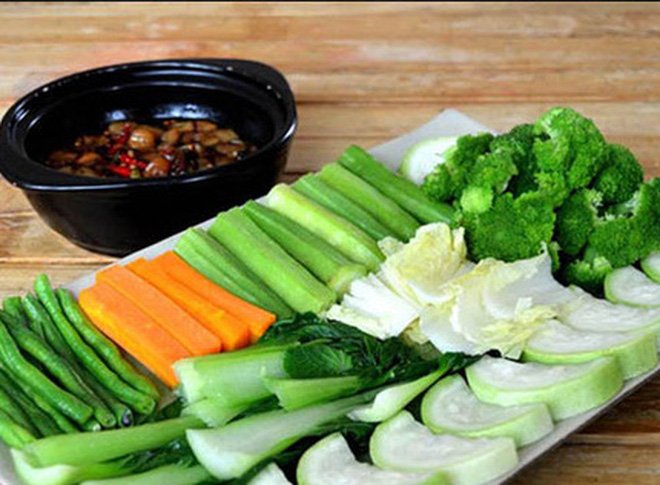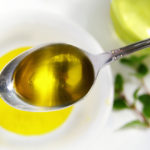Using Salt and Cold Water
When boiling vegetables to keep them green and vibrant, use salt and a little cold water. First, pour water into a pot and bring it to a boil over high heat. Once the water is boiling, add a small amount of salt to preserve the green color of the vegetables. The appropriate ratio is 1/4 teaspoon of salt for every half liter of boiling water.
After waiting for the water to boil, add the vegetables. Continue boiling the water for about 2-5 minutes, depending on the type of vegetables. This will result in crisp and vibrant vegetables. Keep in mind that some vegetables only need a short amount of time to cook and be delicious, while others require longer cooking.
Next, after 30 seconds, turn the vegetables over and test for doneness. Once the vegetables are cooked, remove them from the pot and place them in a bowl of cold water with about 3-4 ice cubes. Wait for 2-3 minutes to cool the vegetables, then remove them and let them drain. This will give you a delicious and enticing dish.

Add a Little Cooking Oil to the Boiling Water
Everyone knows that cooking oil is an essential seasoning in the kitchen. This boiling method doesn’t require much time to cool down after boiling. You can add a little cooking oil to the boiling water before removing the vegetables. The oil coating will make your vegetables greener and shinier. At the same time, the oil helps to keep your vegetables warm for a longer time when eating, making them soft and more flavorful. So don’t forget this habit when boiling vegetables!
Use Lemon or Vinegar
Another method is to squeeze a few drops of lemon or vinegar into the boiling water. This method not only preserves the original color of the vegetables but also doesn’t affect the original flavor. This method can be applied to vegetables like cabbage and carrots. It makes your vegetables look much whiter and more appealing. Moreover, lemon or vinegar also enhances the fresh and delicious taste of the dish.

Oil and Safe Ways to Cook with It’>Tips on Selecting Healthy Cooking Oil and Safe Ways to Cook with It
A Taiwanese company has made a significant impact on the food industry through the recycling of over 700 tons of dirty oil, which has been exported to over 12 countries, including Vietnam. This has raised a few eyebrows among housewives, as cooking oil is an essential condiment in daily cooking. To ensure the safety and quality of their cooking oil, consumers should take note of the following advice.






































